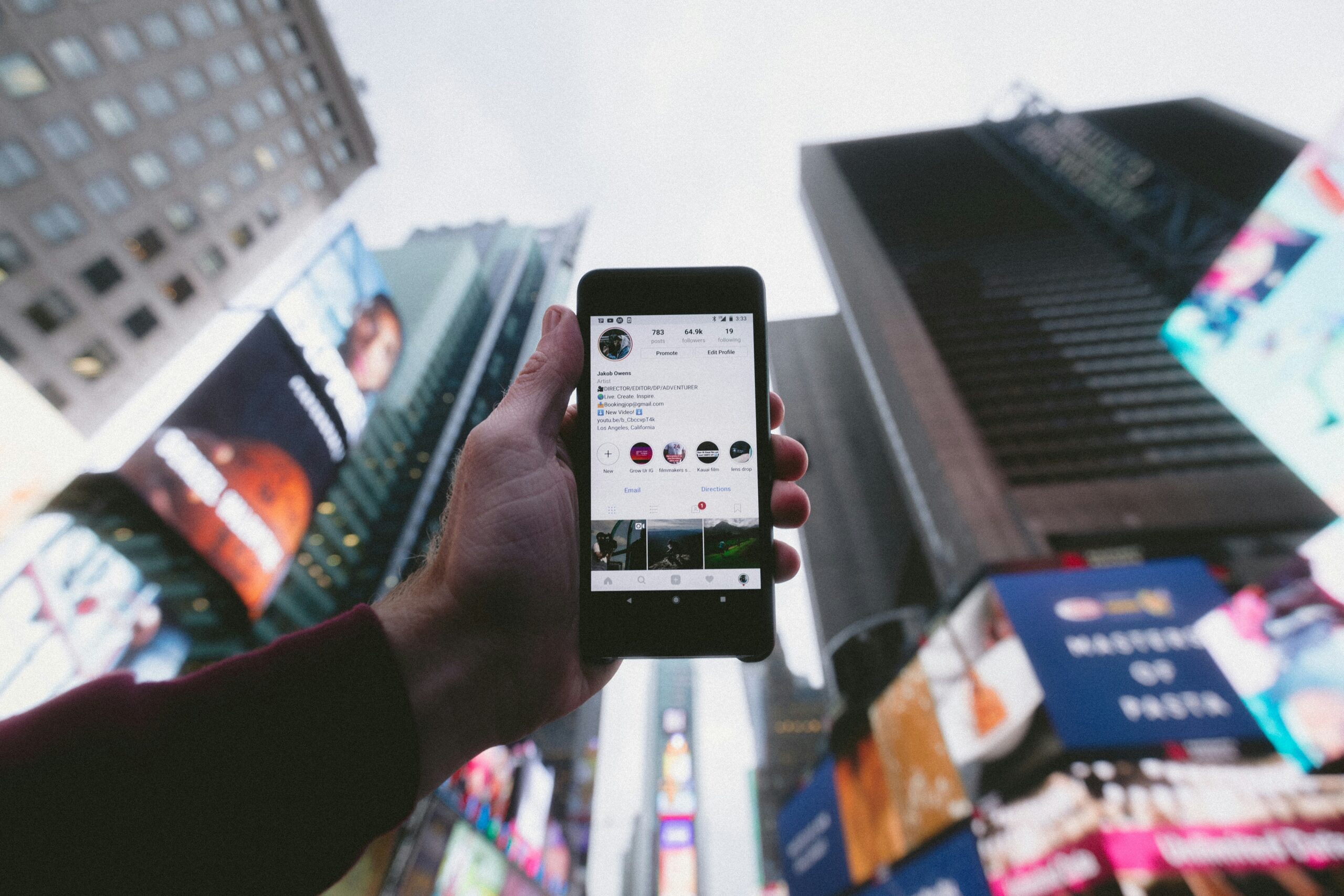
Instagram is now reducing video quality for posts that don’t sustain high view counts, according to Instagram head Adam Mosseri.
During a recent AMA session, Mosseri addressed why some videos on Instagram may appear blurry or lower in quality after some time. He explained that Instagram initially shows videos in the best quality possible, but if a video doesn’t receive many views over time, its quality may be downgraded. The Verge reported that this statement from Mosseri was shared on Threads, prompting discussion about the platform’s approach to video quality management.
Higher Video Quality Restored if Views Increase
Mosseri clarified that if a video later regains popularity, Instagram will “re-render the higher quality video” to match its renewed viewership. This system, he explained, prioritizes high-quality processing resources for videos that attract and sustain more views. As Mosseri explained:
- Instagram uses more CPU-intensive encoding for popular videos.
- Bigger file sizes require more costly storage.
- High-quality processing is “biased” toward creators who drive more views.
“We bias to higher quality (more CPU intensive encoding and more expensive storage for bigger files) for creators who drive more views.”
– Adam Mosseri –
He pointed out that this approach isn’t based on an exact threshold; rather, it operates on a “sliding scale” that manages video quality collectively, not by individual viewer preference. In other words, the quality adjustments are applied in a general, platform-wide manner rather than personalized for each viewer’s interaction.
This system has raised concerns among smaller creators, who argue that it makes it harder for them to compete with larger creators who already have a substantial following. With the most popular creators receiving higher-quality videos, some feel that they are disadvantaged by not having access to the same level of quality in their posts.
Mosseri acknowledged that this concern is valid, calling it “the right concern.” However, he said that, based on the platform’s data, this quality difference “doesn’t seem to matter much” for viewer interaction, as engagement is more influenced by content rather than resolution. He further commented that the video quality is often more important to the creator than the viewers, who focus on content rather than the video’s sharpness.
Meta’s Resource Management Plan
Meta’s resource management strategy for video quality has been in place for some time. In 2021, Meta indicated that due to the vast number of videos uploaded daily, especially on Facebook, which streams around 4 billion videos each day, it would need to optimize resources by varying the video encoding process.
When a video is newly uploaded, it receives basic encoding; if it starts to gain significant watch time, it moves to a more robust encoding. Ultimately, the most popular videos receive the most advanced and computationally intensive processing. This approach allows Meta to balance high-quality video content for its audience with the reality of resource limitations, which is why larger, established creators generally see higher-quality videos.
Featured Image courtesy of Jakob Owens on Unsplash
Follow us for more tech news updates.
